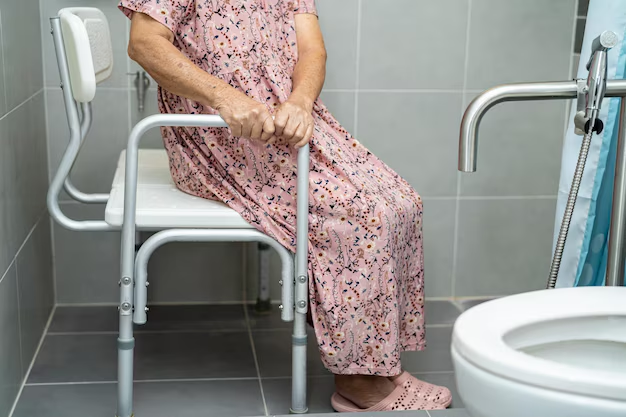Understanding the 4 Common Types of Incontinence
Incontinence, often a sensitive and misunderstood topic, affects millions of people worldwide. It involves the involuntary loss of bladder control, leading to unexpected and often distressing situations. Understanding the different types of incontinence is crucial in managing symptoms effectively and finding the appropriate treatment. Here's what you need to know about the four main types of incontinence:
Stress Incontinence
Stress incontinence occurs when physical activities, such as coughing, sneezing, laughing, or exercising, exert pressure on the bladder, causing urine leakage. This type is particularly common among women, especially after childbirth or menopause due to weakened pelvic muscles. Men may also experience stress incontinence following prostate surgery. Strengthening pelvic floor muscles through specific exercises, like Kegels, can often help manage this condition.
Urge Incontinence
Often dubbed overactive bladder, urge incontinence is characterized by a sudden, intense urge to urinate followed by an involuntary loss of urine. This can happen even if the bladder is not full. Conditions such as infections, neurological disorders, or diabetes might contribute to this type. Behavioral therapies, bladder training, or certain medications can aid in managing symptoms effectively.
Overflow Incontinence
Overflow incontinence involves a constant dribbling of urine due to a bladder that doesn't empty completely. It is more prevalent among men, particularly those with prostate gland issues, and can also occur due to nerve damage or certain medications. Addressing the underlying cause, using catheterization, or medications can often improve symptoms.
Functional Incontinence
Unlike the other types, functional incontinence is not directly related to urinary function. Instead, it stems from physical or mental impairments that prevent reaching the bathroom in time. It’s common in elderly individuals and those with severe arthritis or neurological disorders. Adaptive aids, timed voiding, and addressing the specific disability can assist in managing this incontinence type.
Understanding the type of incontinence you or a loved one may be experiencing is the first step toward effective management and treatment. While this condition is common, it can impact quality of life significantly, making it essential to seek appropriate medical advice for a tailored approach.
For those managing incontinence, financial considerations can often come into play. Here are some potential avenues for support:
- Medicaid and Medicare: These programs may cover certain incontinence supplies.
- Veterans Benefits: May provide support for veterans dealing with incontinence.
- FSA/HSA Accounts: Flexible Spending Accounts and Health Savings Accounts can often be used for purchasing needed supplies.
Incontinence can be a challenging and embarrassing issue to address, but understanding it is a powerful first step toward managing it. Exploring healthcare options, strengthening financial planning, and leveraging available resources can make a significant difference in the journey toward regaining control and confidence.
Financial Assistance and Support Options
- 💡 Medicaid & Medicare: Coverage for medical supplies and treatments.
- 🇺🇸 Veterans Benefits: Support specifically for veterans.
- 💳 Flexible Spending Accounts (FSA): Use pre-tax dollars for eligible health expenses.
- 💼 Health Savings Accounts (HSA): Pay for medical expenses, including incontinence supplies.
- 🤝 Nonprofit Organizations: Sometimes offer assistance or low-cost supplies.

Related Topics
- a Patient You Are Caring For Uses Incontinence Briefs
- Are Incontinence Products Tax Deductible
- Are Incontinence Supplies Covered By Medicare
- Are Incontinence Supplies Tax Deductible
- Can a Bladder Infection Cause Urinary Incontinence
- Can a Kidney Stone Cause Incontinence
- Can a Urinary Tract Infection Cause Incontinence
- Can a Uti Cause Incontinence
- Can Constipation Cause Incontinence
- Can Constipation Cause Urinary Incontinence